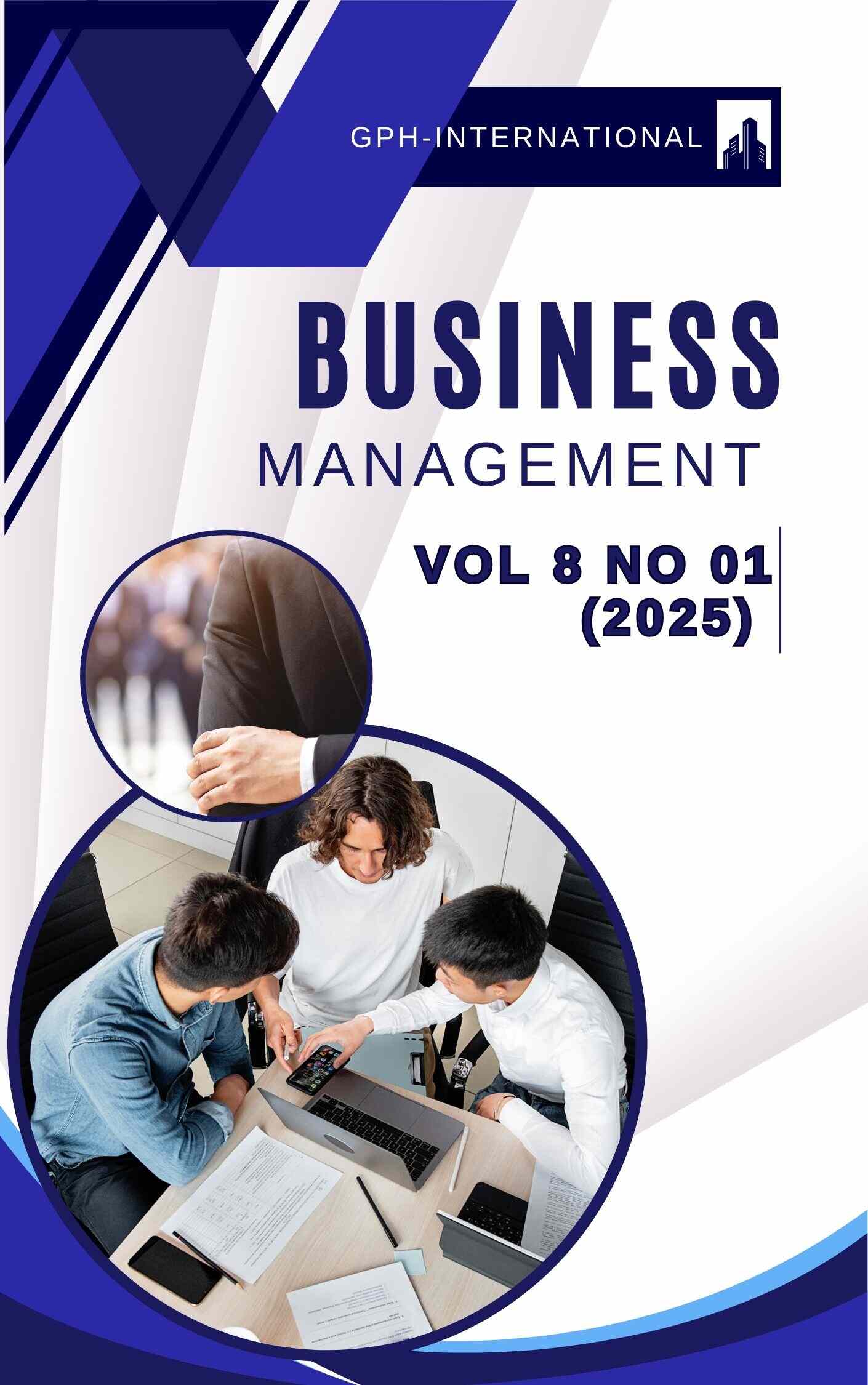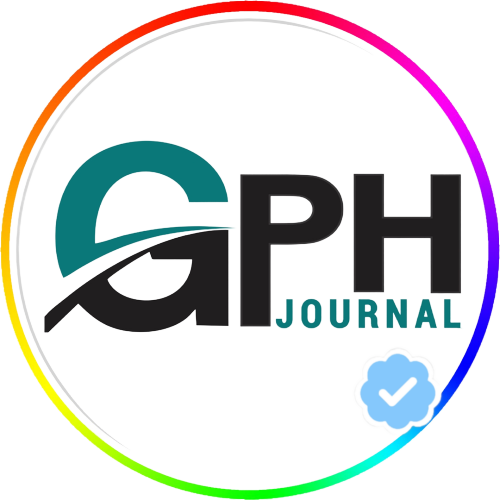Employability of BSBA graduates: A tracer study of the University of Nueva Caceres class of 2023
Abstract
This tracer study examined the employment outcomes and program effectiveness for Bachelor of Science in Business Administration (BSBA) graduates from the University of Nueva Caceres in 2023. The research utilized a mixed-methods approach, combining quantitative data from surveys and qualitative insights from interviews. The study found that 59.20% of BSBA graduates successfully transitioned to employment under Non-Labor Force Participation (NLFP), while 40.80% were categorized under Labor Force Participation (LFP).
Factors contributing to employability included relevant curriculum content, valuable internship experiences, and effective career services. Graduates generally perceived their academic preparation as well-aligned with job demands. However, areas for improvement were identified, including enhanced digital skills integration and extended career support.
Recommendations for improving future graduates' employability include expanding practical learning opportunities, strengthening industry partnerships, and promoting entrepreneurial skills and global competency. This study provides valuable insights for curriculum development and career support strategies in business education.
Downloads
References
Almeida, R., Behrman, J., &Robalino, D. (2020). The Right Skills for the Job? Rethinking Training Policies for Workers. The World Bank.
Andrews, J., & Higson, H. (2008). Graduate employability, 'soft skills' versus 'hard' business knowledge: A European study. Higher Education in Europe, 33(4), 411–422. https://doi.org/10.1080/03797720802522627
Bartlett, R., Briscoe, D., & Deming, J. (2021). Tracer studies and curriculum evaluation. Higher Education Journal.
Becker, G. S. (1964). Human capital: A theoretical and empirical analysis, with special reference to education. University of Chicago Press.
Chhinzer, N., & Russo, A. M. (2018). An exploration of employer perceptions of graduate student employability. Education + Training, 60(1), 104–120. https://doi.org/10.1108/ET-06-2016-0111
Hattie, J., & Timperley, H. (2007). The power of feedback. Review of Educational Research, 77(1), 81–112. https://doi.org/10.3102/003465430298487
Harvey, L. (2001). Defining and measuring employability. Quality in Higher Education, 7(2), 97-109.
Jackson, D. (2016). Re-conceptualising graduate employability: The importance of pre-professional identity. Higher Education Research & Development, 35(5), 925-939.
Jackson, D. (2013). The contribution of work-integrated learning to undergraduate employability skill outcomes. Asia-Pacific Journal of Cooperative Education, 14(2), 99–115.
Knight, P., & Yorke, M. (2003). Employability and good learning in higher education. Teaching in Higher Education, 8(1), 3-16.
Kolb, D. A. (1984). Experiential learning: Experience as the source of learning and development. Prentice Hall.
Kim, S., & McLean, G. (2015). Global talent management: Necessity, challenges, and the roles of HRD. Advances in Developing Human Resources, 17(4), 427–441.
Laverde, H., Correa, J. C., & Jaffe, K. (2018). A new index of human capital to predict economic growth. arXiv preprint arXiv:1807.07051.
Lent, R. W., Brown, S. D., & Hackett, G. (1994). Toward a unifying social cognitive theory of career and academic interest, choice, and performance. Journal of Vocational Behavior, 45(1), 79–122. https://doi.org/10.1006/jvbe.1994.1027.
Raza, S. A., Qazi, W., & Shaikh, G. M. (2018). Impact of entrepreneurial education on entrepreneurial intentions: An empirical investigation. Journal of Public Affairs, 18(1), e1723.
Reddy, P., Lantz, C., & Hulme, J. (2020). Employability in psychology: A guide for students and practitioners.Psychology Teaching Review, 26(1), 16–27.
Robinson, J. S., & Garton, B. L. (2008). An assessment of the employability skills needed by graduates in the college of agriculture, food, and natural resources at the University of Missouri. Journal of Agricultural Education, 49(4), 96–105. https://doi.org/10.5032/jae.2008.04096.
Schomburg, H. (2016). Tracer studies in higher education: Tracking graduates for program improvement. Springer.
Stufflebeam, D. L. (2003). The CIPP model for evaluation. In T. Kellaghan, D. L. Stufflebeam, & L. A. Wingate (Eds.), International handbook of educational evaluation (pp. 31-62). Springer.
Super, D. E. (1990). A life-span, life-space approach to career development. In D. Brown & L. Brooks (Eds.), Career choice and development: Applying contemporary theories to practice (2nd ed., pp. 197-261). Jossey-Bass.
Teichler, U. (2015). Higher education and the world of work: Conceptual frameworks, comparative perspectives, and empirical findings. Springer Science & Business Media.
Tymon, A. (2013). The student perspective on employability. Studies in Higher Education, 38(6), 841-856.
Tomlinson, M. (2017). Forms of graduate capital and their relationship to graduate employability. Education + Training, 59(4), 338-352. https://doi.org/10.1108/ET-05-2016-0090.
Tymon, A. (2013). The student perspective on employability. Studies in Higher Education, 38(6), 841-856. https://doi.org/10.1080/03075079.2011.604408.
World Economic Forum. (2020). The future of jobs report 2020. Retrieved from https://www.weforum.org/reports/the-future-of-jobs-report-2020.
Yorke, M. (2006). Employability in higher education: What it is – what it is not. Learning and Employability Series 1. The Higher Education Academy.
The authors and co-authors warrant that the article is their original work, does not infringe any copyright, and has not been published elsewhere. By submitting the article to GPH-International Journal of Business Management, the authors agree that the journal has the right to retract or remove the article in case of proven ethical misconduct.




























